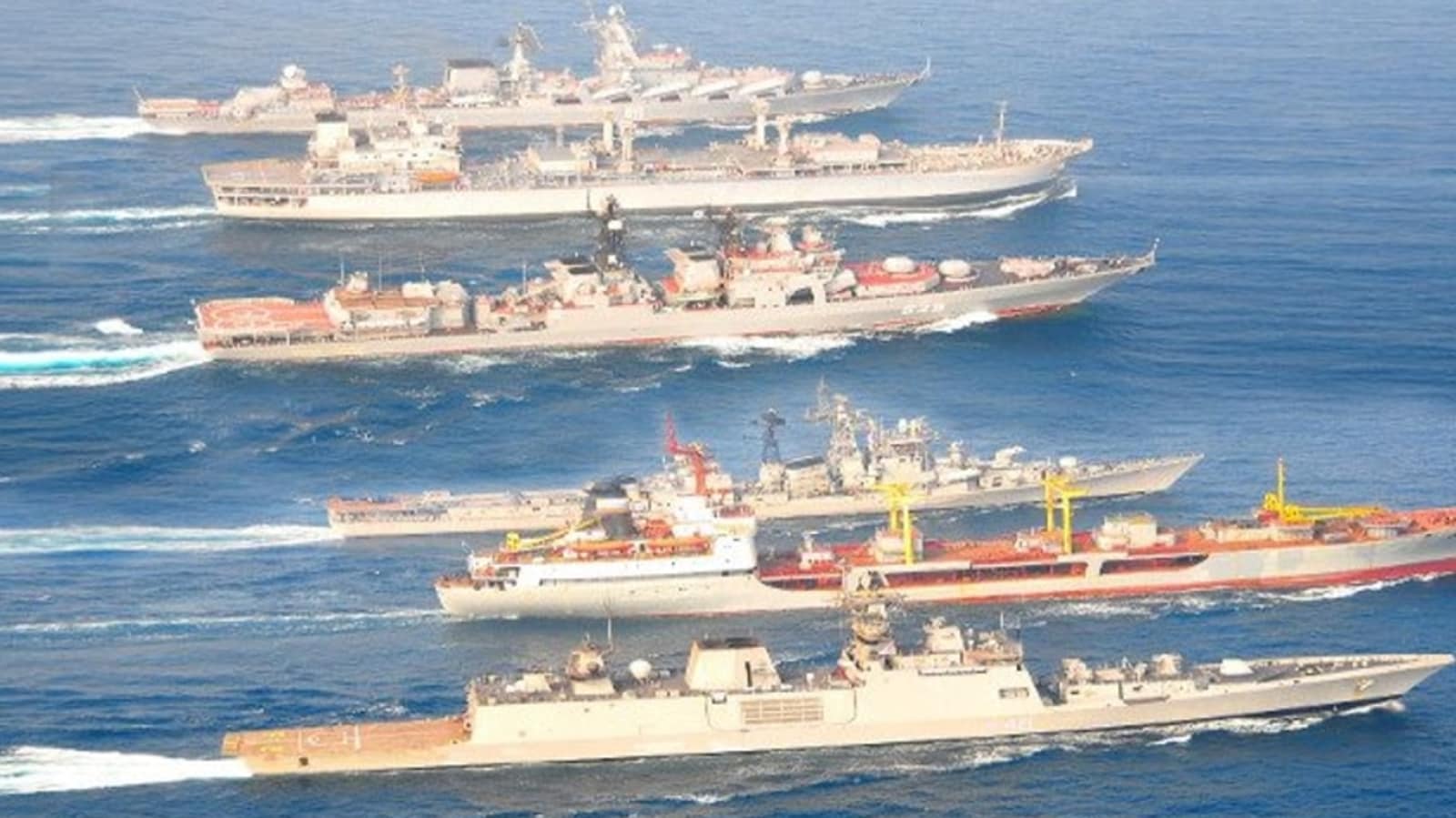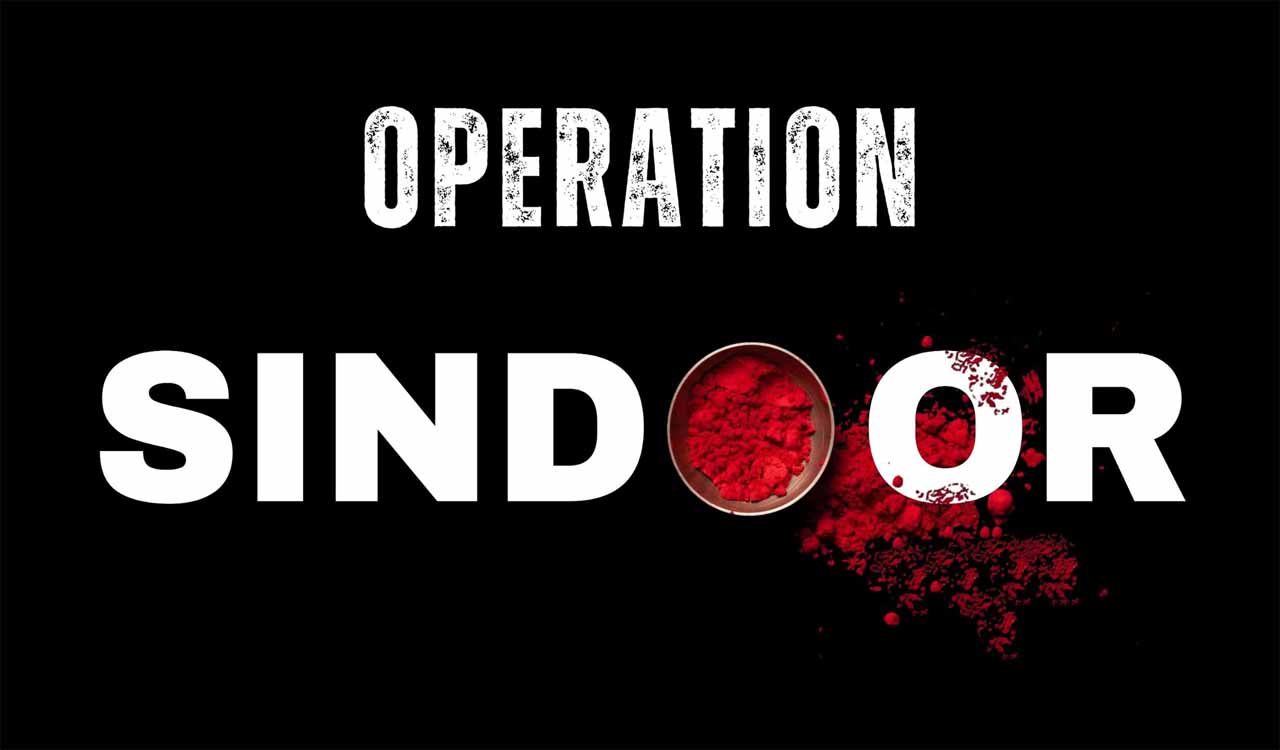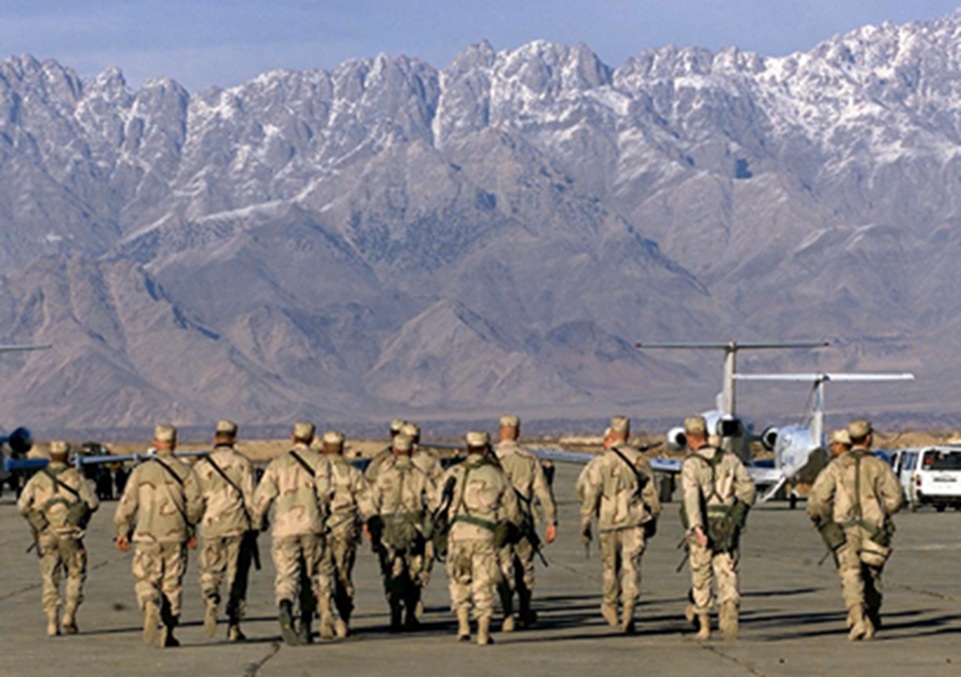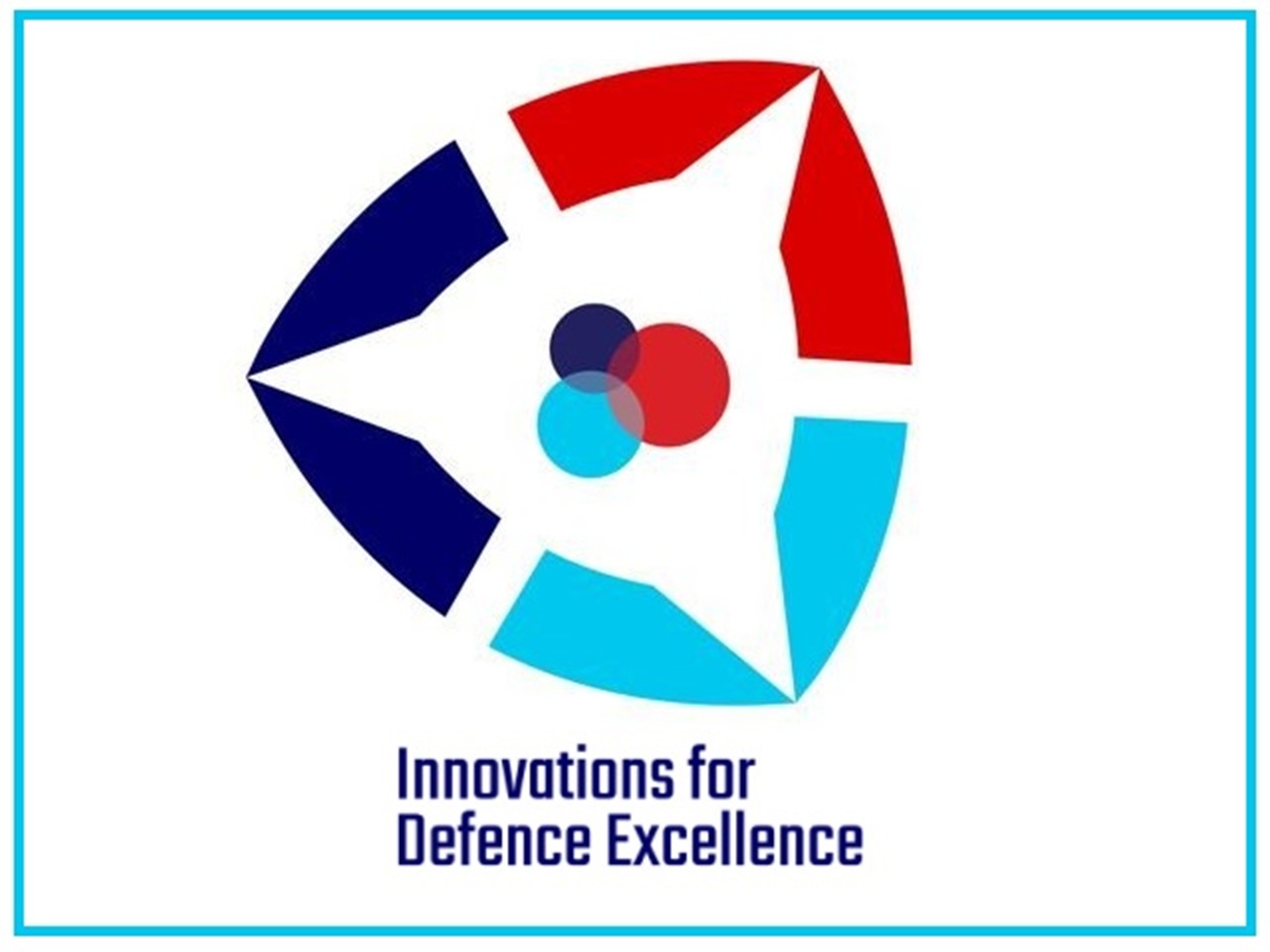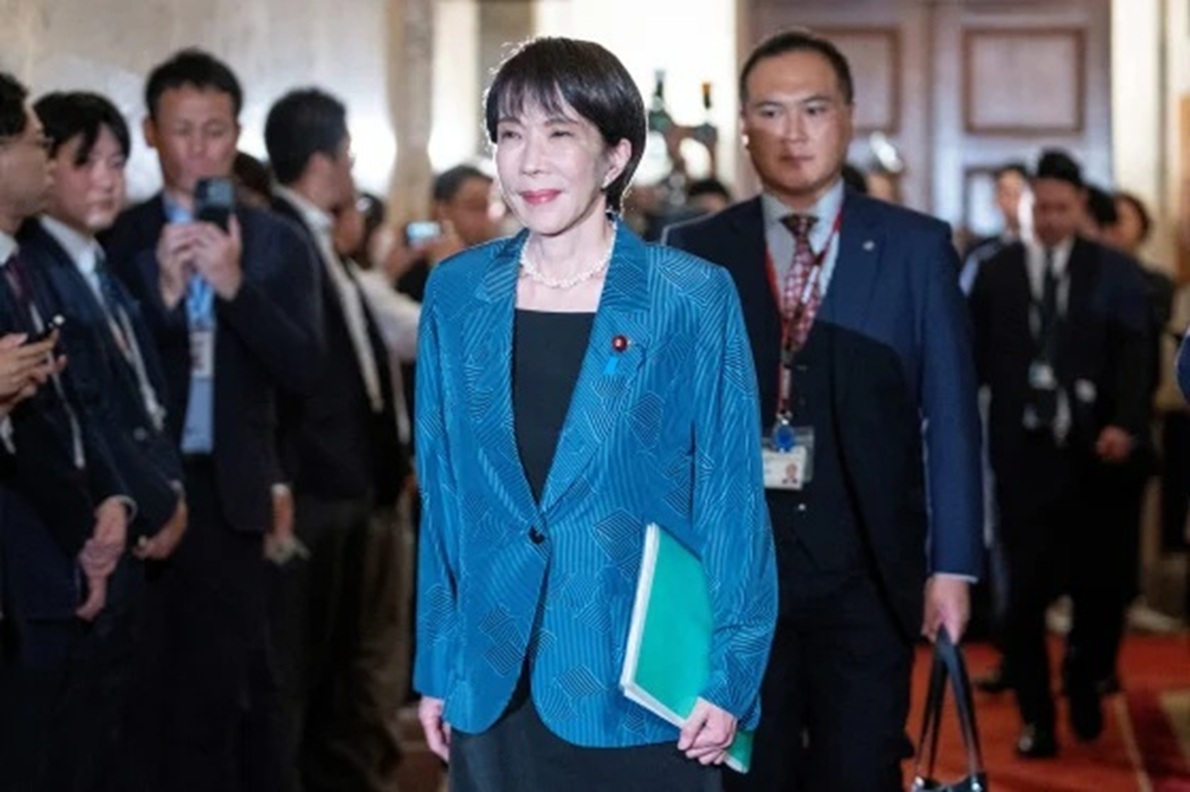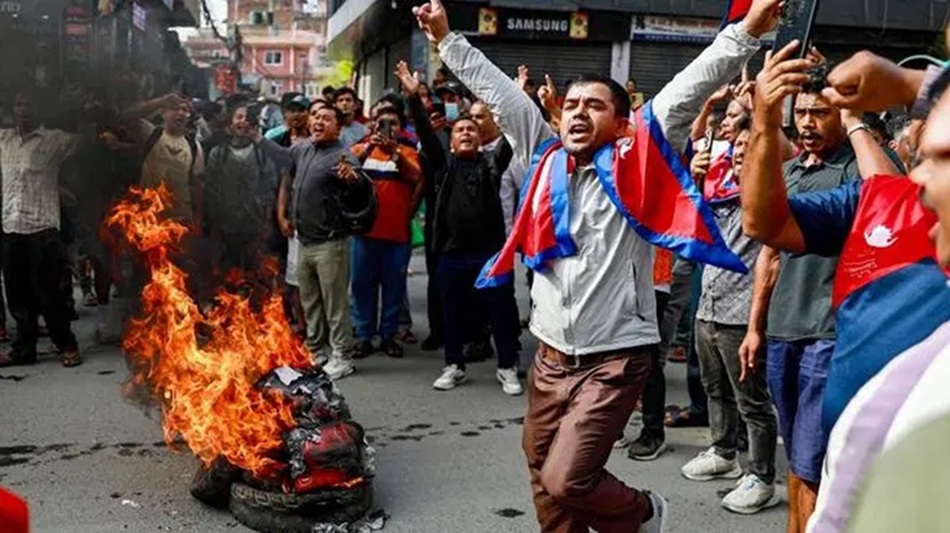A Serious Global Challenge
That the topic is chosen for the first-ever UNSC meeting to be chaired by an Indian Prime Minister under the agenda item ‘Maintenance of International Peace and Security was ‘Enhancing Maritime Security: A Case for International Cooperation’, clearly points to the importance this topic holds for the world’s peace and security. The ‘high-level participation from many countries, substantive discussions and adoption by consensus of the first-ever outcome document on the topic’ was further proof of the importance of the topic. Maritime Security can be endangered by a wide variety of entities, with the refusal of countries to obey international law, maritime terrorism, hijacking, piracy, illegal trafficking of humans, narcotics, weapons, explosives, illegal fishing, illegal mining, armed robbery, smuggling, environmental disasters, and climate change being salient. As the oceans connect this world like nothing else, events in one place could affect even places far away. The extensive linkages and interdependencies of today’s globalized world can lead to isolated incidents affecting the economic wellbeing of several countries or the peaceful lives of large numbers of people spread across a wide region. The global nature of the fallouts of events makes their methods for mitigation too equally global. Consequently, critical imperatives for Maritime security and safety are numerous. Therefore, I will deal with only a few issues that are critical for India, viz, the progress we have made towards Maritime Security and its subset Coastal Security, our efforts at gaining Maritime Domain Awareness (MDA) and possibilities for international cooperation.
India’s Inexplicable Sea Blindness
For a country with a coastline exceeding 7500 km, an Exclusive Economic Zone (EEZ) of 2.03 million sq Km and almost 1400 islands, India’s sea blindness is astounding. That the colonial powers who exploited India for 450 years had come and gone by sea and that they had transported their loot by the sea do not appear to have scarred India’s consciousness. Even today, with over 90 % of our trade by volume and over 70 % by the value being seaborne, India embraces the oceans with reluctance. Policymakers understand little of the sea and maritime affairs hardly figure in the general narrative. The extent of our land centric thinking defies logic. But there is hope. Heavily maritime oriented themes like SAGAR, Sagarmala, Blue Economy, Look/ Act East are emanating from the highest levels. But much more transformation is needed at the lower levels for such vision to translate into action on the ground. With events on our land borders getting ever more difficult, calls for India to ‘forget Afghanistan, Pakistan etc and shift strategic gaze to the seas’ are beginning to appear in public discourse1. After pressing home the view that ‘the current century and possibly the next one too, are very likely to be maritime-centric ones’, the DG NMF – probably packaging a fond wish as a possible governmental policy position – avers that ‘India’s polity appears to be finally coming around to the fact that over the foreseeable future, India will be either be a ‘maritime’ power, or it will not be a power at all2. Bold words those. However, he has a point. India, like several entities in the Indian Ocean region, is at crossroads, and one way for a safe and secure future is to increase the centrality of our oceans to our policymaking. And at the core of this lies the ability to protect India’s maritime interests. Not an easy task
A Timeless Paradigm
The immense potential for national prosperity and wellbeing offered by India’s location and geography cannot be realized without mitigating the equally immense vulnerabilities, also presented by the same location and geography. What a paradox. Even a cursory look at the six principal conditions that AT Mahan considered as what affects a nation’s sea power, viz, geographical position, physical conformation, extent of territory, size of the population, character of the people, and character of the government, reveal what India can be, and how it can be what it can be if it wants to be what it can be. India also particularly fits in as a perfect example for Mahan’s formulation of ‘Physical Conformation’, which he elaborates thus. ‘The seaboard of a country is a frontier. The easier the access to it, the greater is the interaction with the world. Deep harbours are a source of strength and wealth, and navigable streams help concentrate the country’s internal trade at these harbours.’ It is exactly these attributes that kept colonial powers in our land, causing us immense harm. There is a danger that this Mahanian exposition of the ‘seaboard’ being a ‘frontier’ is misunderstood as the ‘coastline’ being a ‘border’. Nothing can be more wrong. Security of the coast is not the security of the maritime space. They are different.
Maritime Security vs Coastal Security
Maritime Security is an all-encompassing term that subsumes all activities in the oceans or waters contiguous to the oceans that can threaten national security, marine environment, economic wellbeing, human security etc. Coastal Security, a subset of Maritime Security, is a more limited entity that concerns only coastal waters. It entails protection, preservation and promotion of peace and stability in coastal waters against various threats. It enables the pursuit of legitimate activities in the coastal waters and also in the adjacent coastal land. Coastal Security encompasses a range of interconnected activities in interconnected maritime spaces and includes maritime border management, security of island territories, maintenance of peace and stability in coastal areas, security of ports, coastal installations and structures including Vital Areas and Vital Points. When Coastal Security is breached, the fallout is mostly local. But when Maritime Security is breached, the impact is national. Events at sea cannot be judged for their importance based on the distance at which they happen. Since the oceans have no obstacles, it is only a matter of time when something thousands of miles away gets close enough to create harm. How much have all this influenced our handling of maritime and coastal security after independence?
From Independence to Kargil
Our oceans failed to get their due attention for over 50 years after independence. With recurring trouble from Pakistan and China, our focus was land centric till 1971. With smuggling through the sea increasing in the 1960s and 70s, the Indian Navy (IN) was often tasked with the constabulary role. This also led to the creation of the Customs Marine Organisation (CMO) in 1974 and the Coast Guard (CG) in 1977. In 1982, CMO was merged with CG. The war of 1971 presented a great opportunity to recognize the immense possibilities the sea offered. It just took two raids on the West coast to bottle up the Pak Navy inside Karachi harbour to wait out the war with their ships de- ammunitioned. The Sea Control established on the East Coast forced 93000 Pak Army personnel to become POWs. While the lessons of the war led to a surge of Naval capabilities from the mid-1980s, many elements required for the larger Maritime Security were missed. More experience was to come our way soon. Illegal immigration and trafficking of ammunition, fuel, drugs and other contraband across the Indo Sri Lankan maritime border from 1990 led to IN and CG launching Operation Tasha. In 1993, when RDX smuggled in through the Maharashtra coast was used for serial blasts in Mumbai, IN, CG, Customs and Police launched Operation Swan on the Maharashtra and Gujarat coasts. However, the involvement of the local fishermen in the illegal activities, inadequate Police presence, lack of intelligence and shortage of manpower and equipment degraded the operations to some extent. This was a lot of experience in Coastal Security. Nothing much changed till the Kargil conflict of 1999
From Kargil to Mumbai
The Kargil conflict brought new focus to our security mechanisms. The Kargil Review Committee (KRC), formed to relook national security, was also mandated to recommend measures to prevent armed intrusions from the coast. The Group of Ministers (GoM) which subsequently reviewed the KRC report included ‘Coastal Security’ as a broad security element and also advocated better coordination among the multitude of maritime agencies. Though the Govt created a Coastal Security Scheme (CSS) in 2005 aimed at ‘strengthening the infrastructure for patrolling and surveillance’ and to ‘address the critical gaps in the policing of our coasts and coastal waters’, nothing much happened. The GoM report also caused the Cabinet Committee on Security (CCS) to define and demarcate areas and zones of responsibility of the various stakeholders. Capacity building initiatives like National MDA were also launched under the CSS, without much progress. This was lots of activity, almost entirely in the domain of Coastal Security, without commensurate achievement. A rude wake-up call was to come soon.
From 26/11 to Now
The shocking Mumbai attack of 2008 caused the Govt to focus on improving inter-agency coordination among maritime entities. It was not easy. With more than a dozen military, paramilitary and civilian agencies that come under the jurisdiction of different ministries at the national and state levels, with functional reach down to the district level, coordination was tough. In 2009 CCS made IN responsible for overall Maritime Security including coastal and offshore security. CG was to support IN in this. Further, avoidable confusion was created with the DGCG being designated ‘Commander Coastal Command’, responsible for ‘overall coordination between central and state agencies in all matters relating to Coastal Security’. A layered surveillance formula too emerged. The Coastal Police was responsible from the coastline up to 12 Nautical Miles (NM), CG was responsible from 12 to 200 NM and IN was responsible beyond 200 NM. Further, the marine wing of the Customs had to patrol up to 24 NM from the coast and also undertake surveillance of sensitive areas on the coast like landing points, jetties and port limits. The water wing of the Border Security Force (BSF) was tasked to protect the coastline in Sir Creek and Sundarbans areas. The marine wing of CISF was to provide security to all major ports, Public Sector industries and other Govt undertakings on the coast. Sadly, the focus was again almost entirely on the limited realm of Coastal Security
Slow Consolidation – Organisation
Considering the difficulty of coordinating various agencies, in 2009, a National Committee for Strengthening Maritime and Coastal Security (NCSMCS) was set up, chaired by the Cabinet Secretary and with all stakeholders represented. This had corresponding downstream structures in States and Districts. Further, State Maritime Boards were mandated in coastal states and Union Territories to coordinate Coastal Security and to protect minor ports, fisheries and the marine environment. This is still a work in progress, with only Kerala, Andhra Pradesh, Maharashtra, Gujarat and Tamil Nadu setting up full-time Boards
At the operational level, Joint Operation Centres (JOCs) were set up at Mumbai, Visakhapatnam, Koch and Port Blair as the Ops Centre for each CinC Coastal Defence. Manned primarily by IN, and CG and augmented by personnel from Marine Police, Fisheries, Customs, State Intelligence Dept when required, JOCs collate information from various sources. JOCs also get real-time data on merchant traffic proceeding in and out of ports from the Vessel Traffic Management Systems (VTMS) from 21 ports in the country.
Capability Development
While capability development for the IN progressed based on the funding available, IN also raised a 1000 men strong Sagar Prahari Bal with 95 Fast Interceptor Craft for the protection of its bases, harbour approaches and other strategic installations. CG too acquired more surface and air assets along with supporting organisations. The Marine Police Force was also strengthened with 204 Coastal Police stations and 204 Interceptor Boats. Further, in Jun 2016, MHA notified one Coastal Police station for every Coastal State/ UT for handling crimes in international waters. The marine wing of the Customs acquired 109 Interceptor Boats along and the Water Wing of BSF were deployed with eight floating Border Outposts. All this was again entirely for Coastal Security
National MDA (NMDA)
In order to monitor the vast areas of our interest for Maritime Security, IN took the lead in pushing the NMDA project. A National Command, Control & Communication and Intelligence network (NC3I) was also set up as the communication backbone of the project. Inputs came from a chain of Radars, Automatic Identification Systems (AIS), Day/ Night Cameras and meteorological sensors placed along the coast on the mainland and islands. Data on ships away from the coast came from space-based AIS and information about air traffic came from Vessel Air Traffic Management System (VATMS). This was also augmented by the contacts picked up by our ships and aircraft. To process all this, an Information Management and Analysis Centre (IMAC) was set up at Gurugram in 2014. After collation and Artificial Intelligence enabled analysis of all data, IMAC provides a Common Operating Picture to nodes at 51 IN and CG stations, including the four JOCs. However, this is only a tiny fraction of what NDMA was meant to achieve. This set-up sorely misses the involvement of a large number of important entities whose inputs bring immense value to creating a truly national level MDA. These agencies too stand to gain tremendously from this setup. Upgradation of the NDMA architecture with the involvement of seven ministries and 15 national agencies alone can realise the immense potential of the NDMA concept. Early appointment of a National Maritime Coordinator is a dire need in this regard.
Other Measures
It is now mandatory for all vessels to report their position at fixed intervals and to make a pre-arrival notification when destined for Indian ports. A concerted effort is being made to educate the members of the fishing community to be the eyes and ears of the country at sea and to sensitise them about the perils of unidentified craft being allowed to be around. This is not difficult, as they can identify with the misfortune that befell the crew of the Indian fishing boat Kuber highjacked by the perpetrators of the 26/11 attack. Biometric identity cards to fisherman, state-wise colour coding of boats, stringent checks while registering boats and issuing fishing licenses, training of Marine Police and regular Coastal Security exercises are some other measures.
Serving the Indo Pacific
While all the above pertain to how India manages her internal matters, there is also the need to step up to serve the needs of the Indo Pacific, which today dominates the global geostrategic narrative. It is also important to have a robust MDA to avoid being taken by surprise. Listing facts such as six out of the seven continents being on the shores of the Indo Pacific, the region being home to 61% of the world’s population, the source of 62% of the world’s GDP and abode to 63% of the world’s island nations, to where the Centre of Gravity of the current Great Power struggle has shifted, the CNS elevates the Indo Pacific from a ‘very large space’, to ‘an idea whose time has come3. The importance of the Indo Pacific to India and its central location in this prime geostrategic space present India with huge challenges and opportunities. At the same time, it also places huge responsibilities. The oceans being too vast a space for any one country, however strong, to manage, India has rightly stepped up to ‘cooperate and collaborate’ with like-minded countries in the region. Taking on responsibility commensurate with her size and location, India keeps an eye on the vast Indian Ocean Region (IOR) with long-range Maritime Patrol Aircraft, long-range unmanned aircraft and IN ships perennially ‘mission deployed’ in key locations far and wide. All information received is collated at an Information Fusion Centre for IOR (IFC – IOR) set up by IN at Gurugram in 2018.
Operational information received from friendly foreign countries is collated here, along with own inputs as well as information received through White Shipping Information Exchange (WSIE) agreements entered into with various countries. IN has also set up coastal chains with Radar, Electro-Optic and AIS sensors at Mauritius, Seychelles and Sri Lanka. The same is also expected in Maldives, Myanmar and Bangladesh soon.
Taking the World Along
In the words of the CNS, India’s endeavour is to ensure a ‘well knit’ neighbourhood, that develops ‘collective maritime competence’, to guard against fissures that could be exploited by interested elements. For this, whatever unique attribute each nation can offer will be put to good use for the collective good. Aware of her strengths in the region, India aims to be a ‘Preferred Security Partner’ to anyone interested. The IFC – IOR has steadily found increasing acceptance and today it has links with 21 countries and 24 Maritime Security Centres. With six international Liaison Officers already manning this facility, with more expected to join, the IFC – IOR is a true reflection of India’s willingness to contribute to the region’s greater good…
Towards a Sure Future
Ensuring maritime security and safety is as critical a task for national security as it is tough. The effort required to overcome the effects of long-term sea blindness will be huge. Equally important will be the task of weaning the country away from an excessive focus on events on land within and across the land borders and getting the oceans increasingly into the national narrative. Breaking the tendency of maritime agencies to work in silos, increasing the awareness of policymakers on matters maritime and finding methods to provide sustained funding at adequate levels to build maritime capacities will be key elements for success.
Title Image Courtesy: https://www.hindustantimes.com/india-news/
Article Courtesy: Force Magazine Sep 2021
References
1. Shekhar Gupta ‘Why India should forget Afghanistan, Pakistan, ‘Terroristan’ & shift strategic gaze to the seas’ https://youtu.be/VMfcdbdN9YM accessed on 28 Aug 21.
2. VAdm Pradeep Chauhan, ‘Reflections on India’s Vikrant-centric Carrier Battle Group’, https://maritimeindia.org/reflections-on-indias-vikrant-centric-carrier-battle-group/ accessed on 28 Aug 21.
3. United Service Institution of India, ‘Talk by the CNS: Transformation of the Indian Navy to be a Key Maritime Force in the Indo-Pacific’ 27 Aug 2021, https://www.youtube.com/watch?v=xEeB2mwQFVQ accessed on 28 Aug 21.

